
Rediscovering Japan

Rediscovering Japan
Travel (Mikoshiba Jomon Site (Ina City))

by tomizuta
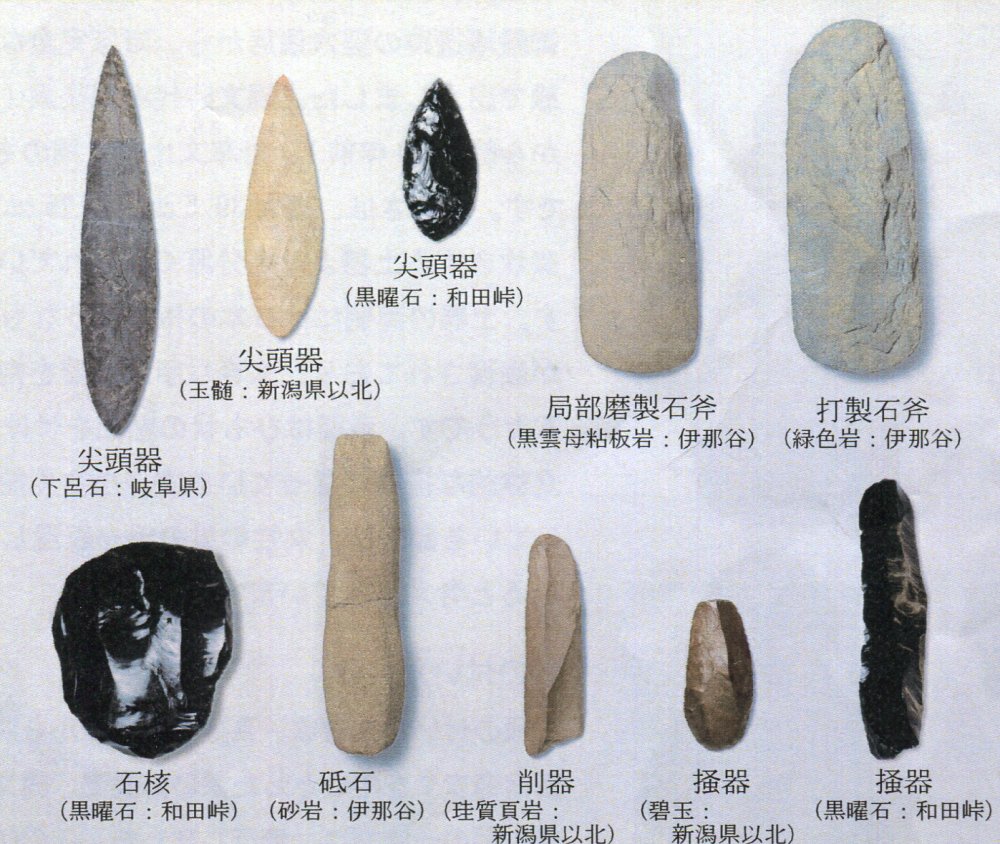
Part of the magnificent stone tools excavated from the Mikoshiba site. From the leaflet of the Souzou-kan Local History Museum in Ina City.
One Jomon site I had long wanted to visit was the Mikoshiba site in Ina City. Although many of the prominent Jomon sites in Nagano Prefecture are concentrated to the south slopes of the Yatsugatake Mountain Range (meaning Chino City, Fujimi Town and Haramura Town), the Mikoshiba site is located on the eastern slope of the Kiso Mountain Range, in the south-western part of Nagano Prefecture. It was early May 2021, during the third state of emergency implemented in Tokyo, Osaka, Hyogo and Kyoto. I was yet to receive vaccination, and thought it wise to limit any travel to short day excursions.
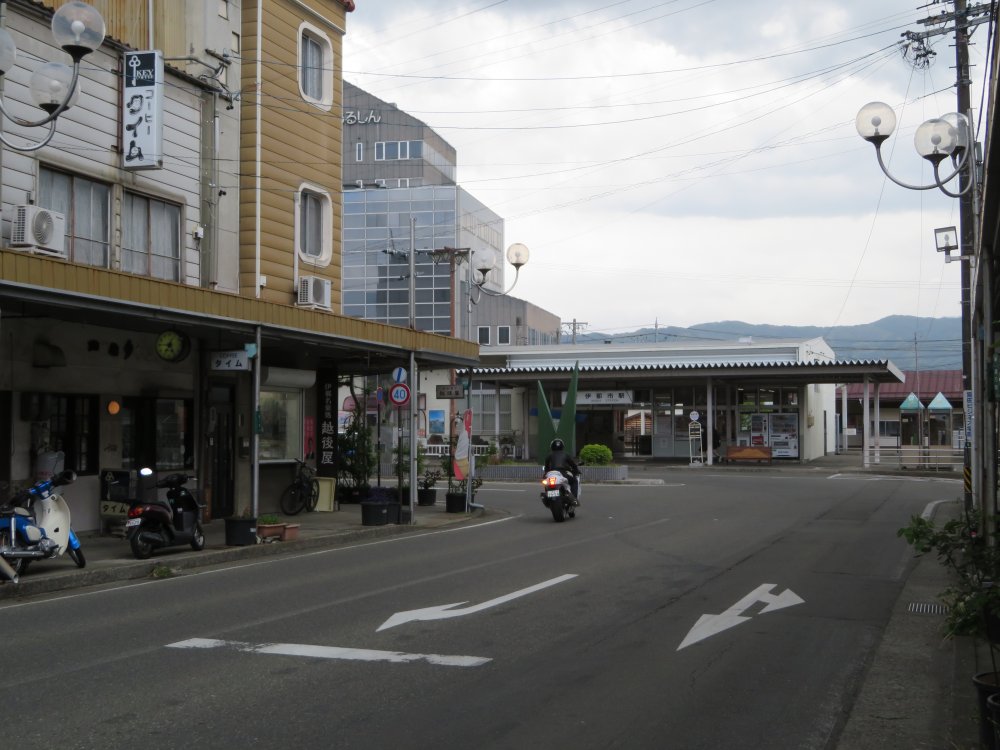
Ina City Station on the JR Iida Line. Trains run roughly once every hour except a couple of hours early in the morning and evening when there are two. Trains are operated on a single track.
In 1958, 87 stone artefacts including axes and spearheads were excavated from a small area of 6 meters by 3 meters. Most of the artefacts were unused or work-in progress. Although no consensus has been reached on the purpose of the site and artefacts, it is widely understood that the site can be dated back to around 13000 B.C. While some objects used blade technique common in the paleolithic age, many applied advanced polishing technique. Stone artefacts with similar features are found across Jomon sites of later periods from Aomori to Kagoshima. Such objects are called Mikoshiba style stone tools. The objects were designated as important national cultural properties in 1988.

The magnificent stone points excavated from the Mikoshiba site now displayed in the local history museum.
Ina City with a population of under 70,000 was basically created in 2006 by the merge of Ina, a former lodging town and Takato, a feudal castle town. Takato was a small feudal domain in the Edo era, experiencing frequent changes of feudal lords. We first went to the Souzou-kan Local History Museum, which houses the objects excavated from the Mikoshiba Site. The building which was formerly a public library was constructed in 1930 from a donation made by a local philantrophist. It was converted to the current local history museum in 2010. Admission is free. We went up to the second floor displaying the objects from the Mikoshiba site.
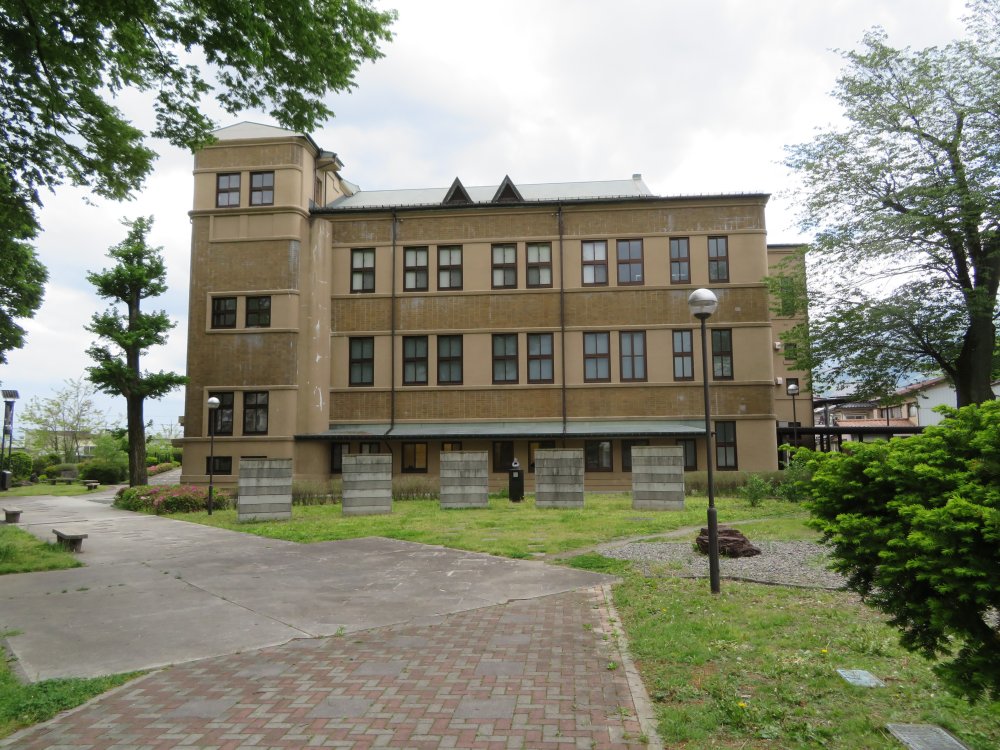
We first went to the Souzou-kan Local History Museum, which houses the objects excavated from the Mikoshiba Site. The building which was formerly a public library was constructed in 1930 from a donation made by a local philantrophist.
A banner welcomed us into the display room. The number of the objects are not large, but even from the eyes of an amateur, the perfection and quality standards were quite obvious. The variety is also diverse, with flaked axes, partly-polished flaked axes, points, scrapers, hones and so on. This has led some to believe that Mikoshiba was a depot site of stone tools. The majority of the used material is obsidian from the Suwa area.
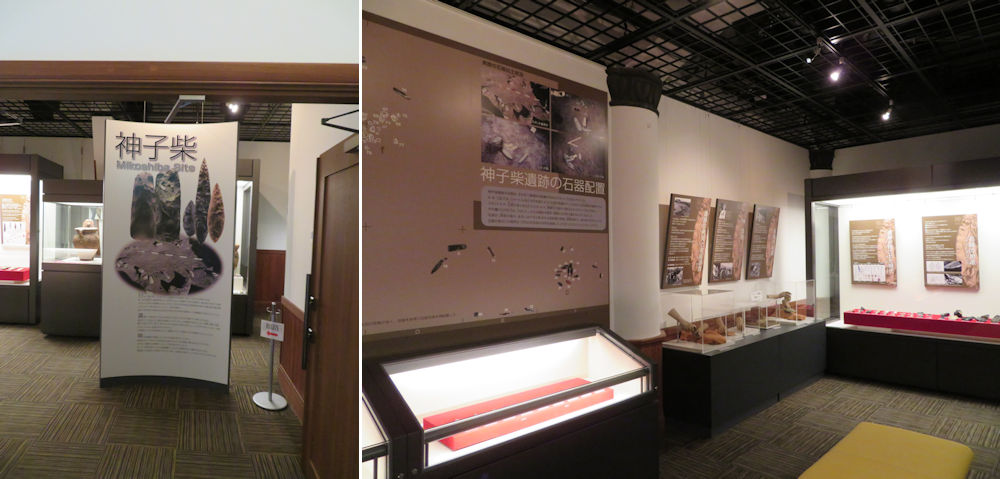
A banner welcomed us into the display room (left). The size of the display room is quite modest, obviously due to the limited number of artefacts excavated from the site (right).
Also on display was an earthenware with a faced carrying handle. This was dated back to 2700 B.C., the peak of the Jomon culture in the Yatsugatake area, represented by sites such as Idojiri in Fujimi Town. This particular object was excavated from the remains of a Jomon dwelling at the Gotenba site, also in Ina City.
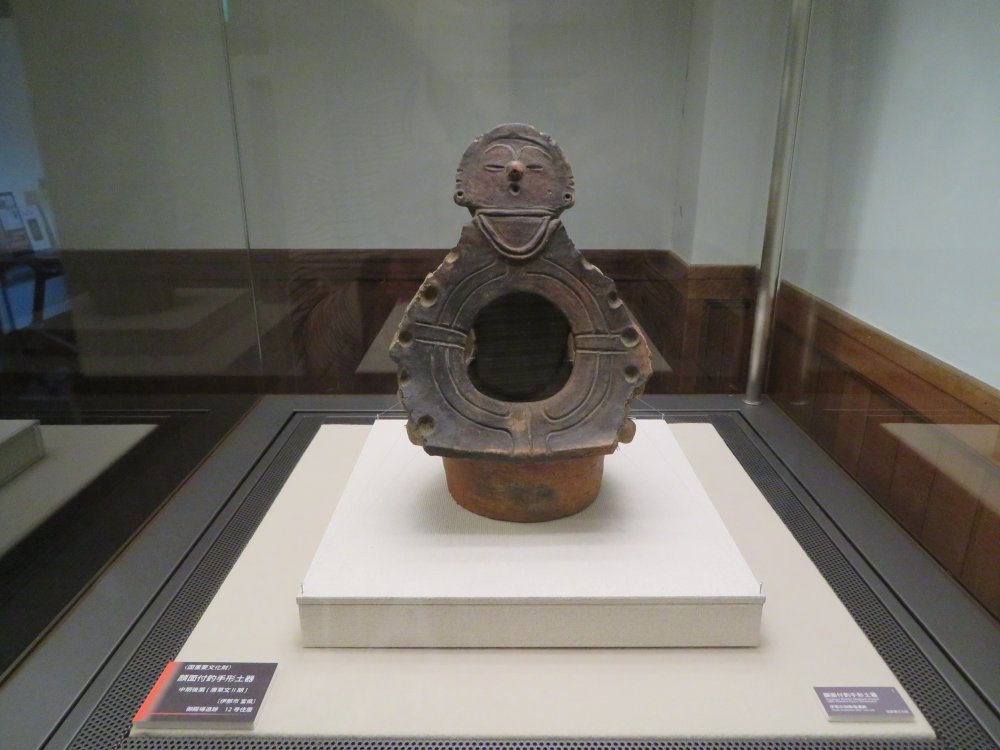
Also on display was an earthenware with a faced carrying handle. This was dated back to 2700 B.C.
We went down to the curator’s office and asked for directions to the Mikoshiba
site. A curatress provided us with a useful leaflet with directions to
the site.
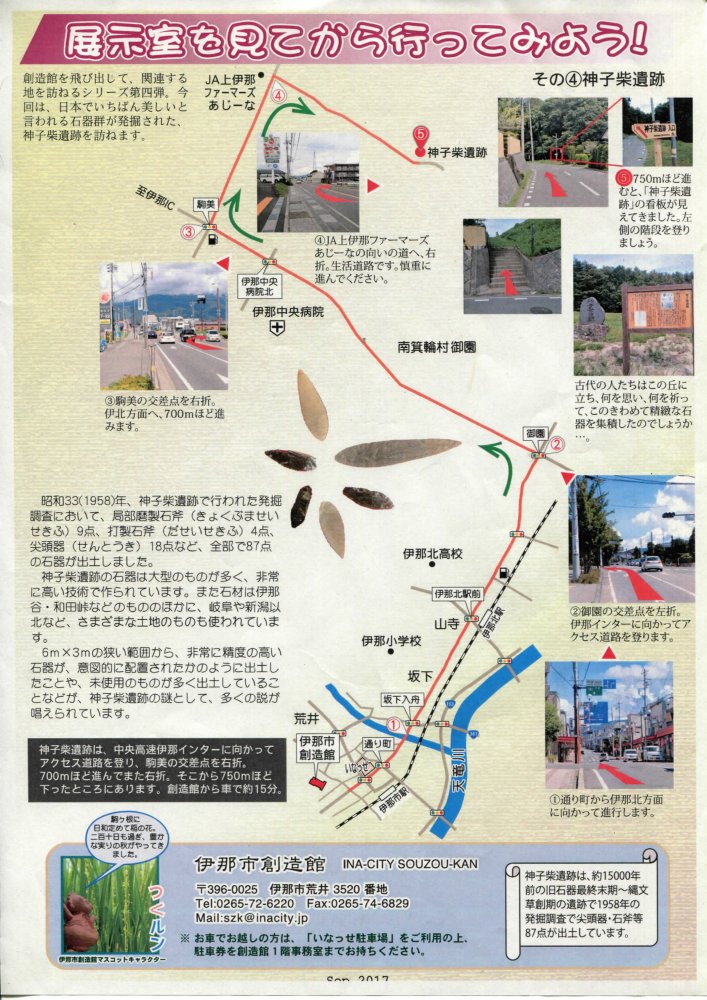
The map from the museum (marked in red at the bottom) to Mikoshiba Site (numbered 5) was very useful. It is only a 15 minutes' drive.
Before heading to the site, we had a quick walk around the high street of Ina City, which was only a couple of minutes’ walk from the Sozokan Local History Museum. Accepting it was a Sunday, many shops were closed, and it was obvious from the looks of the buildings that depopulization must be quite an issue. Fortunately, I found a liquor shop not far from Ina City Station on the JR Iida Line. I bought a 1.8 liter honjozou bottle of the local sake Inokashira. I later tried it to find the quality quite good but with a rather thicker taste than one would normally expect for a honjouzou type sake.
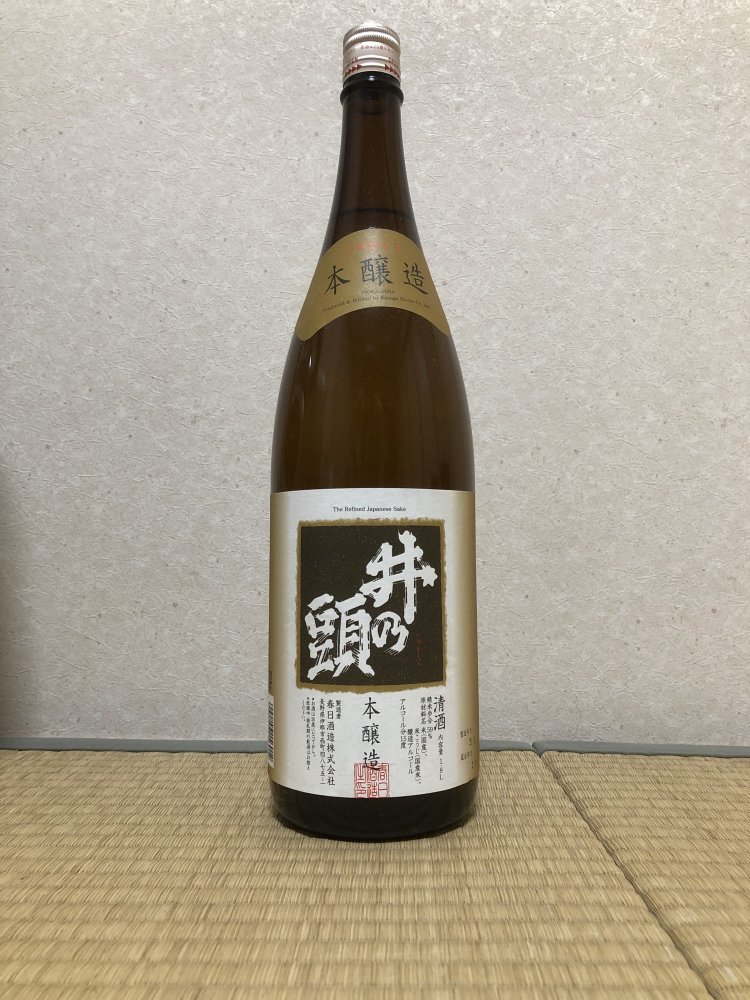
I later tried it to find the quality quite good but with a rather thicker taste than one would normally expect for a honjouzou type sake.
The Mikoshiba site was only a 15 minutes’ drive to the north. We followed the map we received at the museum to arrive at the signboard to the site. We parked our car and went up the steps by the signboard. We looked around to find that the site was situated on the eastern corner of a hill.

We parked our car by the signboard to the site (left) and went up the steps to the site (right).
As expected, there is not much to see at the site area restored to its original state, except from a signboard with a description of the site. Because of the elevation you can command a great view of the surrounding areas including the mountains of the Kiso Mountain Range to the west. It was not hard to imagine from the surroundings why the earliest Jomon people gathered to this place, although the purpose of the site is still under debate.
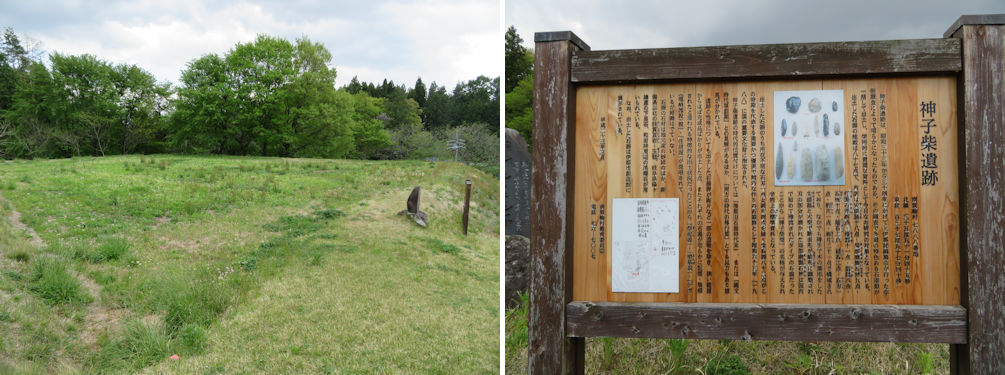
The site viewed from the western side (left) and the site description by the site (right).